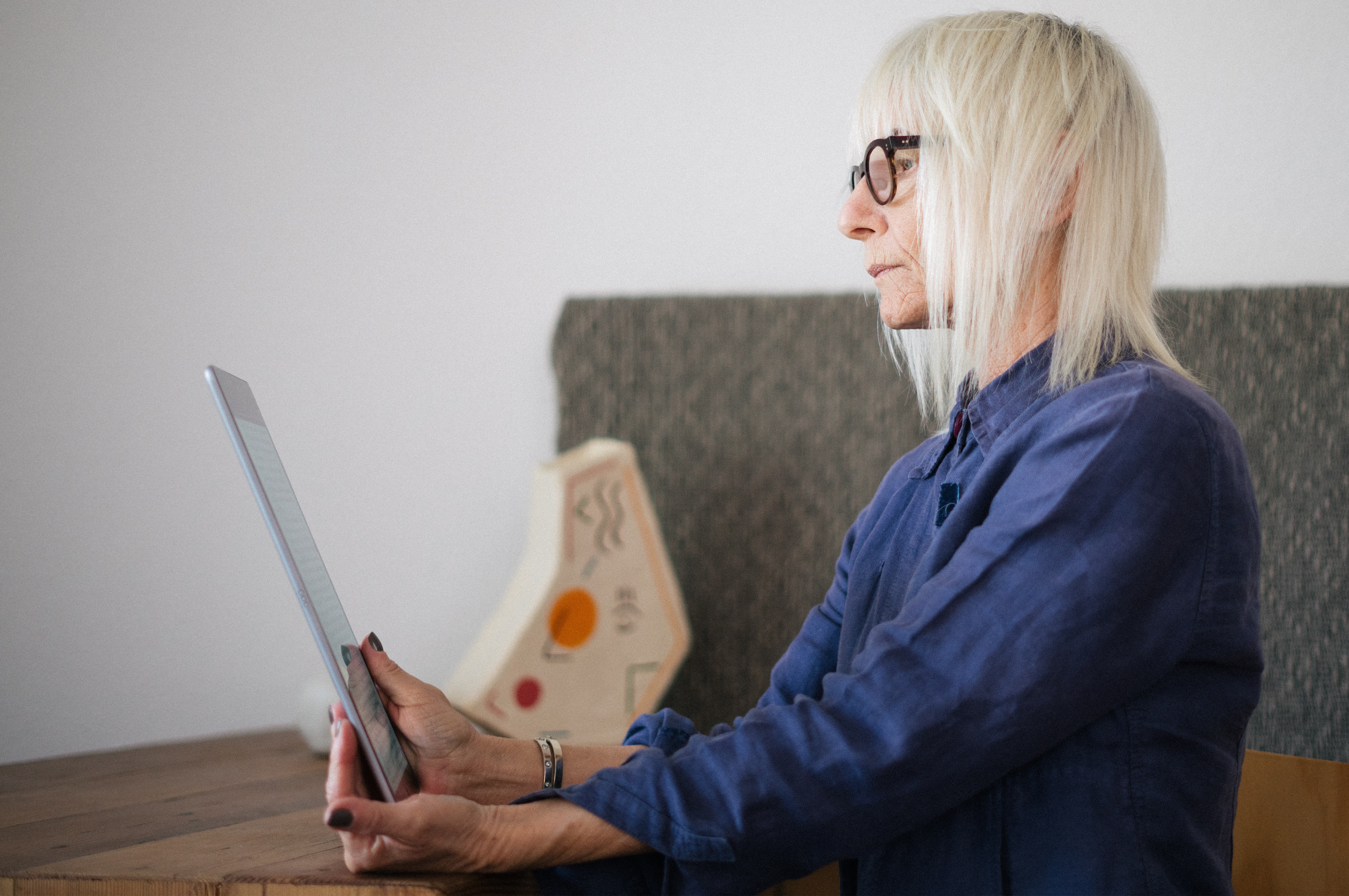Since COVID-19 temporarily shuttered senior centers across the country in mid-March, nonprofit Older Adults Technology Services (OATS) has offered 50+ free, virtual classes and social gatherings each week for people aged 60 and older through our program Senior Planet. Senior Planet sessions help older adults build technology skills to improve their health, make new friendships, save money, advocate in their communities, and thrive in the digital world; our virtual classes cover everything from video-conferencing tools to online food delivery services to meditation apps. After connecting with more 45,000 seniors over the last few months, we’ve emerged with some key lessons on how to best enhance older adults’ technology access and usage during this unprecedented time of social distancing.
Teaching older adults to use technology from a distance demands creative, high-touch solutions.
Classes on the basics, like learning to use video chat, are essential. In early March, we began offering sessions called “All Things Zoom” to help familiarize older adults with the popular video-conferencing platform, which we use to host all our online programs. One session we provided in collaboration with AARP had more than 17,000 registrants! Older adults want to learn not only how to get on to a video call, which allows them to connect with family and friends, attend church services, and more, but also how to host their own meetings for social gatherings and employment purposes.
Older adults are prioritizing health, both physical and mental. Senior Planet’s virtual exercise programs are among our most popular and best-reviewed classes - a daily morning stretch class consistently sees between 150-250 participants. Participants have formed a genuine community; they know each other’s names, ask about each other when they’re not there, and log on early and stay late to chat. Much of what they appreciate about these classes is simply having a regular commitment to structure their days around.
Even as states begin to re-open, it is becoming clear that seniors will remain physically isolated for months to come. We know that prolonged isolation can have grave health consequences— and that technology can provide much-needed connection. But since as many as 41% of older Americans do not have in-home broadband internet access, and only 15% go online mostly using a smartphone, the biggest challenge remains to develop policy that makes technology for older adults accessible and affordable as a public health measure.
View the entire HIGN August Newsletter here

 Donation
Donation
